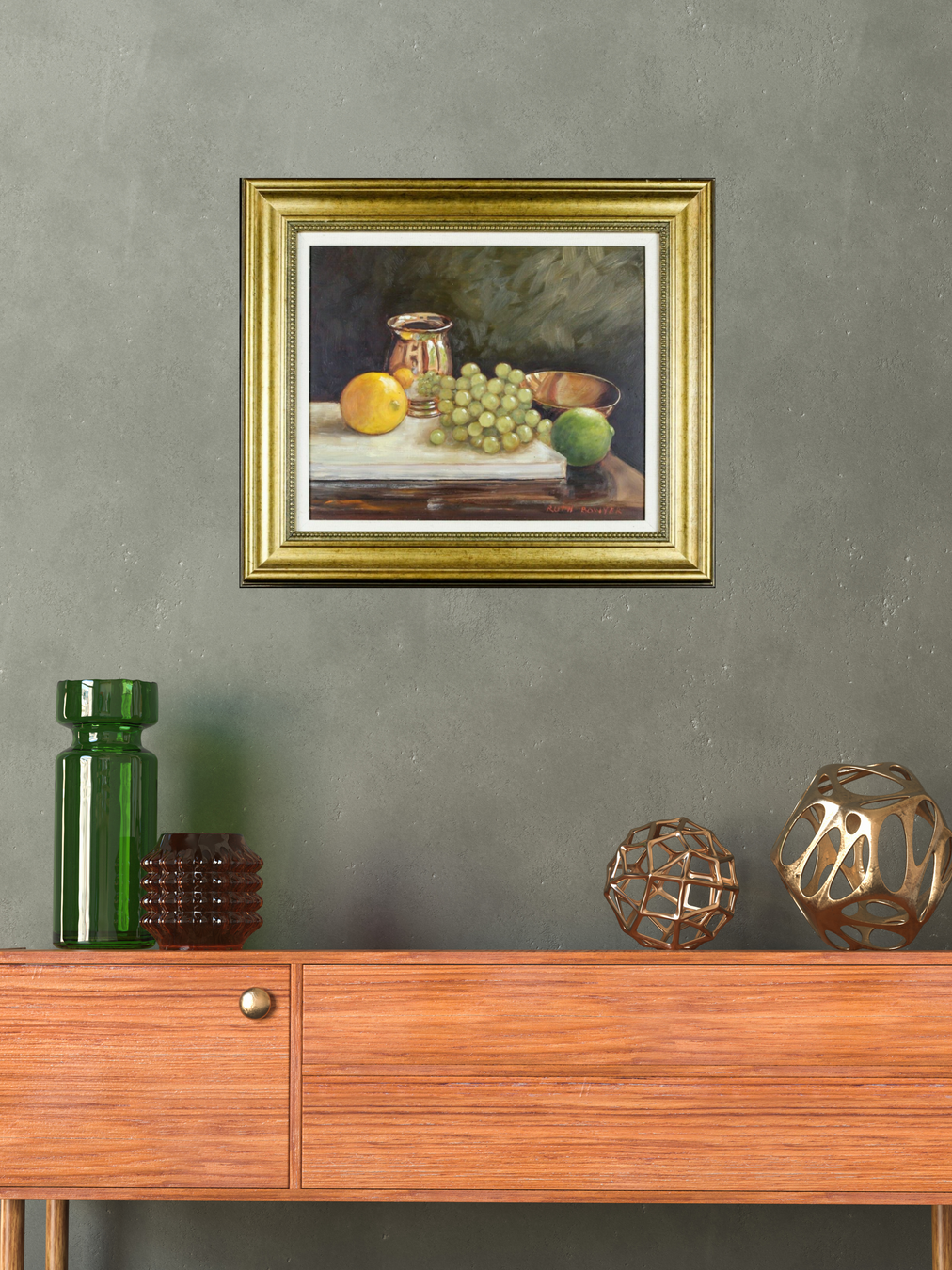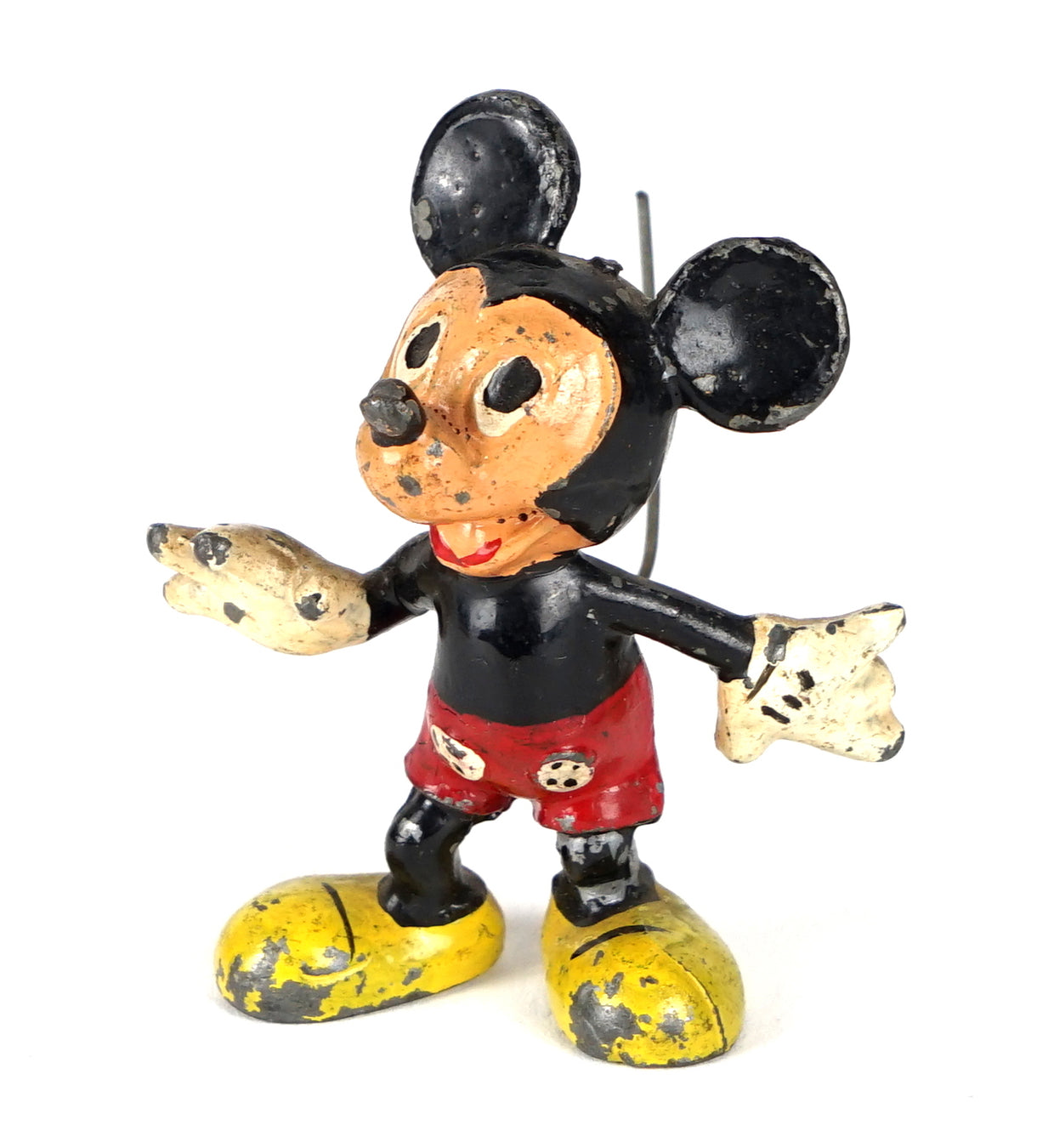Sell Your Collectables

What is the difference between antique, vintage and retro?
If you’ve got an eye for beautiful, one-of-a-kind pieces—whether it’s a vintage Rolex, a Moorcroft vase, or a Steiff teddy—you’ve probably heard the words Antique, Vintage, and Retro thrown around. But what do they actually mean? Are they just fancy ways of saying ‘old’? Not quite.
Let’s break it down, so the next time you’re shopping for that perfect gift or adding to your collection, you’ll know exactly what you’re looking at.
What makes something antique?
An antique is something that’s at least 100 years old. It’s the real deal—an item that’s been around long enough to have lived through world wars, changing fashions, and more than a few house moves. Antiques tend to be valued for their quality, rarity, and the sheer fact they’ve survived for a century or more.
Think Victorian furniture, Georgian silver, or early 1900s Crown Derby bone china. These pieces weren’t just made to be used; they were made to last, and that’s part of their appeal. But be warned, some sellers like to throw the word ‘antique’ around just because an item looks old. If it’s not at least 100 years old, it’s not an antique. Simple as that.
And what about vintage?
Vintage is where things get a bit more flexible. Generally, it means something is between 40 and 100 years old: old enough to have history, but not quite ancient. Some argue that anything over 20 years can be called vintage, but most collectors agree on the 40-year mark.
Vintage pieces are often nostalgic. They remind us of a certain time in history, whether it’s the Art Deco glamour of the 1920s, the bold patterns of the 1960s, or the sleek minimalism of the 1980s. That’s why you’ll find Wedgwood tableware, Moorcroft vases, or classic Omega watches all proudly carrying the vintage label.
Unlike antiques, vintage items don’t always have to be rare or expensive. They just need to capture the style, quality, and spirit of their era. A 1970s Steiff bear? Vintage. A 1950s Rolex? Definitely vintage (and a solid investment piece, too).
What about retro?
Retro is a little different. Instead of actually being old, retro items are newer but designed to look like they’re from the past. A modern record player styled like a 1950s jukebox? That’s retro. A 1980’s Dorothy Hafner “Flash” coffee set made in a nostalgic design? Also retro.
Retro pieces are all about the vibe rather than the age. If something looks the part but doesn’t have the years to back it up, it’s retro—not vintage or antique.
A quick guide to historical eras
If you want to get a better idea of where your favourite pieces fit, here’s a rough timeline of popular styles:
-
1713-1837: Georgian era
-
1837-1901: Victorian era
-
1890-1920: Art Nouveau
-
1895-1915: Arts and Crafts
-
1920s-1930s: Art Deco
-
1945-1970s: Mid-Century Modern
-
1970s-1990s: Postmodernism
Examples in action
Vintage: A 1940s Mobo tin ride-on horse—a nostalgic childhood favourite that’s got enough years under its belt to be classed as vintage.
What is provenance and why does it matter?
Provenance is a fancy word for an item’s history and background. Where did it come from? Who owned it? Can its authenticity be verified?
A solid provenance can seriously boost an item’s value, especially for high-end vintage and antique pieces like Cartier jewellery, Tiffany silver, or rare sports memorabilia. If you’re buying, always check for documentation or any records that confirm an item’s authenticity. It’s the best way to avoid accidentally picking up a reproduction. Look for certificates of authenticity, previous sales records, or old receipts that show where and when the item was originally purchased. For high-value pieces, auction house records or appraisals from a recognised expert can be invaluable in proving provenance.
Buying antiques, vintage, and retro pieces online
At the end of the day, if you’re drawn to antiques, vintage, or retro, it’s all about what speaks to you. Some people love the timeless beauty of a Victorian cameo brooch, while others are all about 1980s pop-culture memorabilia. The key is to buy what is special to you because it makes you happy.
If you’re on the hunt for authentic vintage and antique pieces, we’ve got you covered. From rare collectables to luxury watches, art, and unique gifts, you’ll find something truly special in our range of antiques and collectables to buy online.




